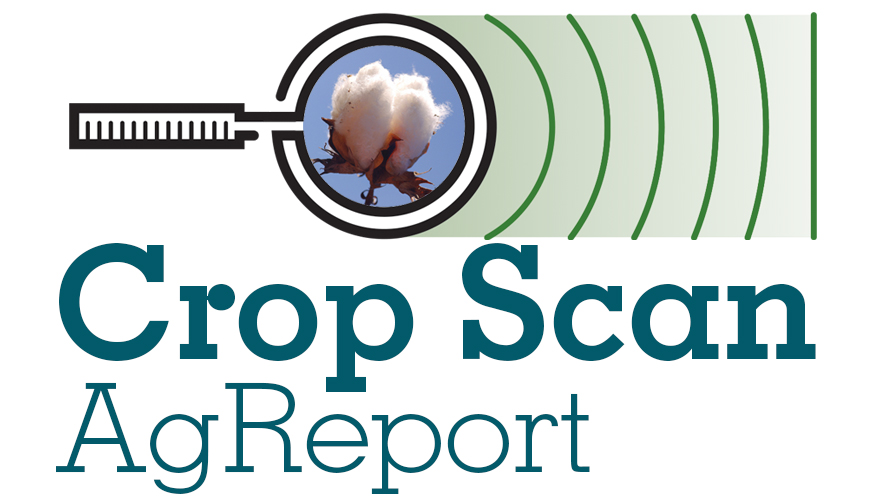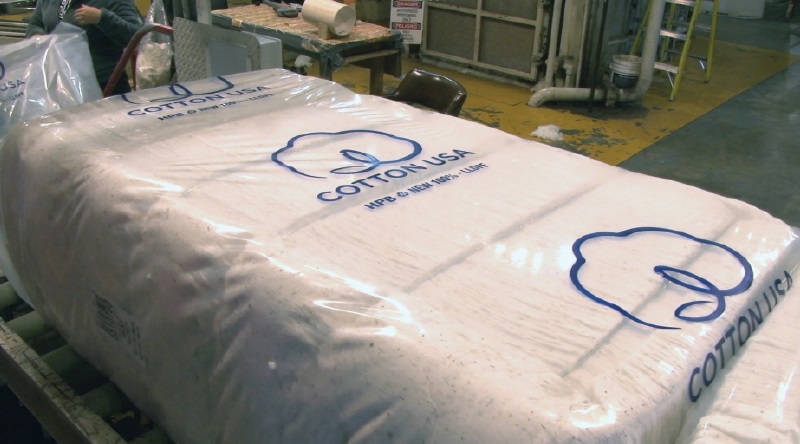Market Situation Unchanged; Southwest Needs More Rain
USDA’s June world supply demand report, released June 10, provided few changes to the world’s cotton situation and outlook. World carryover was forecast 47,000 bales lower, as world production was increased 199,000 bales from last month and world consumption was lowered about 450,000 bales. There were only minor production and consumption changes in various countries. Thus, 2022-23 world production and world consumption are both forecast to at 121 million bales.
The market’s reaction to the report was initially slightly bullish, but prices ended lower on the day. Thus, the market made slight price corrections to end the week. Yet, the market’s bullish overtone remains.
The old crop July contract will remain very volatile as on-call sales – with just over a week of trading remaining – outnumber on-call purchases by a ratio of 9 to 1. Prices could jump up another nickel to 150 cents, as 2,749,800 bales of on-call sales remain versus only 305,000 bales of on-call purchases. Yet, my expectation is that July futures will eventually fall into the mid to low 130s.
Nevertheless, the new crop bull, as reflected by the December futures contract, continues to defend its territory, and will likely see higher ground (There is an October contract, reflecting the very early new crop harvest, but it is not as popular as it once was, thus it is often fails to be mentioned. Yet, it remains to be very important to those that harvest by mid-to-late September).
Much of the Southwest did receive good moisture, and generally it was widespread. However, the region was historically dry. Thus, much of the same area remains “exceptionally dry” – the highest drought rating assigned by the U.S. Weather Service. Further, most of the remaining cotton area in Texas and Oklahoma remains classified as being in “extreme drought” – the second highest drought rating. Remember, not only was the topsoil moisture depleted, but so was the subsoil moisture.
The most droughty area is in District 1S of Texas, the principal cotton production region in the United States. The rains took 1000 points out the market, a dime. Yet, with 100-plus temperature days, that moisture is rapidly disappearing. There remains a near total lack of subsoil moisture. Without near term additional rains, the crop will fail. Once again, the region needs the “million dollar” rain.
Thus, the new crop December contract has climbed back above 120 cents and is working the 122-125 cent range. The 115-cent area provided excellent price support for the December contract last week. December can expect to again challenge the 125 to 130 cent range. The continued failure of rain on the Texas Plains will push December futures to challenge their contract high, just above 133 cents, and make for a run to 135 cents.
Textile mills continue to be very good buyers of U.S. styles with prices below 130 cents in new crop. New crop export sales on the week were 102,900 bales, bringing new crop sales to date up to 3.4 million bales, compared to the year ago sales of only 2.0 million. Thus, the demand for 2022 crop year cotton remains very strong and suggests dollar cotton will continue to be the talk of the town.
Give a gift of cotton today.








